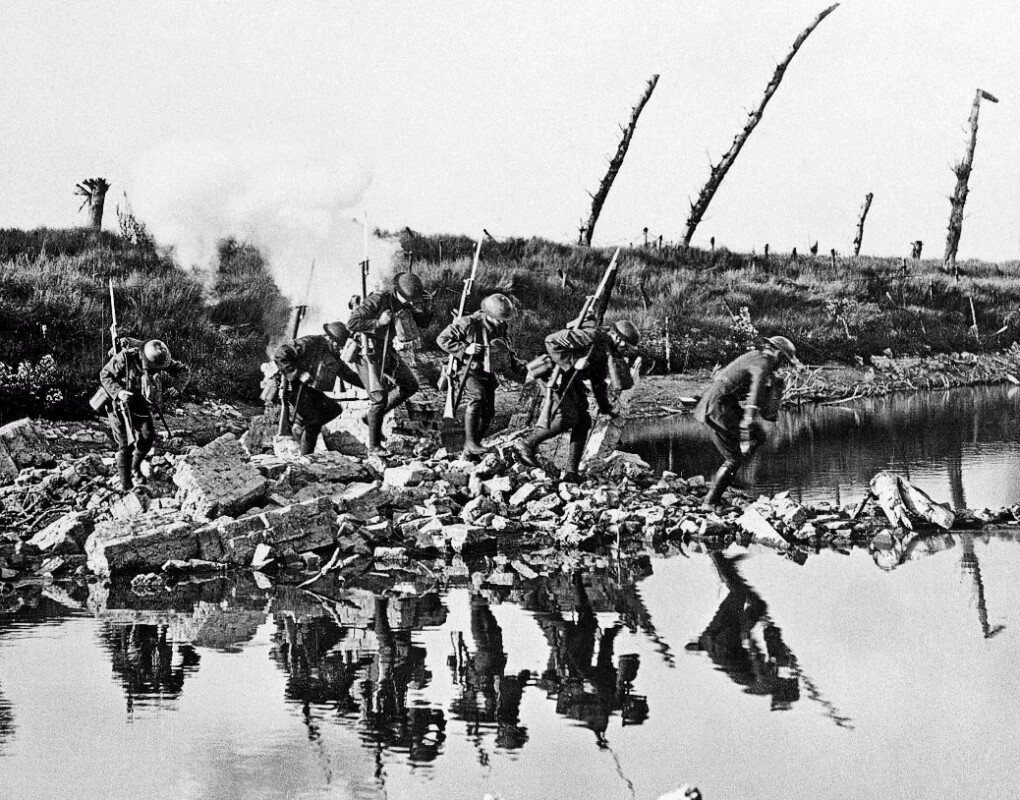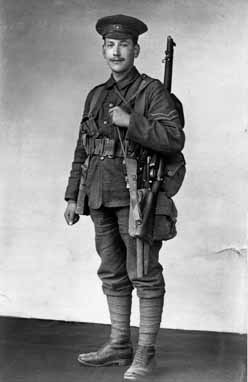
This Military Cross was awarded to Frank Broadis Mitchell (1895-1978) for leading his company into action at the battle of Langemarck in Belgian Flanders (16-18 August 1917) in which over 4,600 servicemen from British and Commonwealth Forces died. This was part of the Third Battle of Ypres, later known as Passchendaele.


A citation in the London Gazette on 9th January 1918 reported that ”having led his company by night under heavy fire… he personally reconnoitred the enemy’s position on the following night, led his company across a river and formed them up for attack within a hundred yards of the enemy. The success of the attack at this point depended largely on the success of his initial operation, which he carried through with great coolness and determination.”
Frank was the younger son of William Mitchell, a grocer/shopkeeper at 59 High St Thame, and his wife Emily Amelia (nee Cope). He was baptised at St Mary’s Parish Church, Thame where he later became a choirboy.


In World War I, he was initially a private in the Coldstream Guards (Regimental No 14456) but was commissioned as a 2nd Lieutenant in Bucks and Oxfordshire Light Infantry 6th Battalion on 8 November 1916.
After the war, Frank returned to his parent’s home in Thame and then trained to be a schoolmaster at college in Cheltenham. For 30 years, Frank was headmaster of Thame Church of England Mixed School, between Southern Road and Brook Lane, now called Mitchell Close.
He was a member of the Parish church choir and Sunday school for many years and was buried in St Mary’s Churchyard after his death on 6th August 1978. His memoirs appeared in serial form in Thame Gazette in 1974.
The Military Cross was first created by King George V in December 1914. it was awarded for an act of exemplary gallery during active operations. The cross was designed by Henry Farnham Burke as an ornamental straight armed silver cross suspended from a plain suspension bar. One side is decorated with imperial crowns with the Royal Cypher in the centre while the other side is plain.
The medal is on display in Cabinet 6 in the Main Gallery.
